PILLAR THREE
Mental
The mental pillar represents emotional and mental well-being that seeks healing from trauma and transgenerational pain. The mental is how we see ourselves, others and the world. Through meditation, sound, dance and song, we begin to heal those negative burdens and find a more relaxed and empowered mindset. It’s a grounding technique that requires an open mind.
Background: These are the message sticks which were handed out in 1988 when Uluru started to be called it by its name. They were sent out from Uluru with the message to sing and dance up Country. Image by Kat Clarke.
Jeremy Nikora is of Ngāti Maniapoto and Ngāti Porou descent, living in Naarm/Melbourne on Bunurong Country. His Hapuu (sub tribe) are Ngāti Huiao, Ngāti Kaputuhi, Ngāti Paretekawa and Te Aitanga a Mate.
“I am a cultural mentor, youth and community development specialist. A kapahaka practitioner, mau rākau (an ancient Māori fighting artform) teacher and waka ama practitioner.”
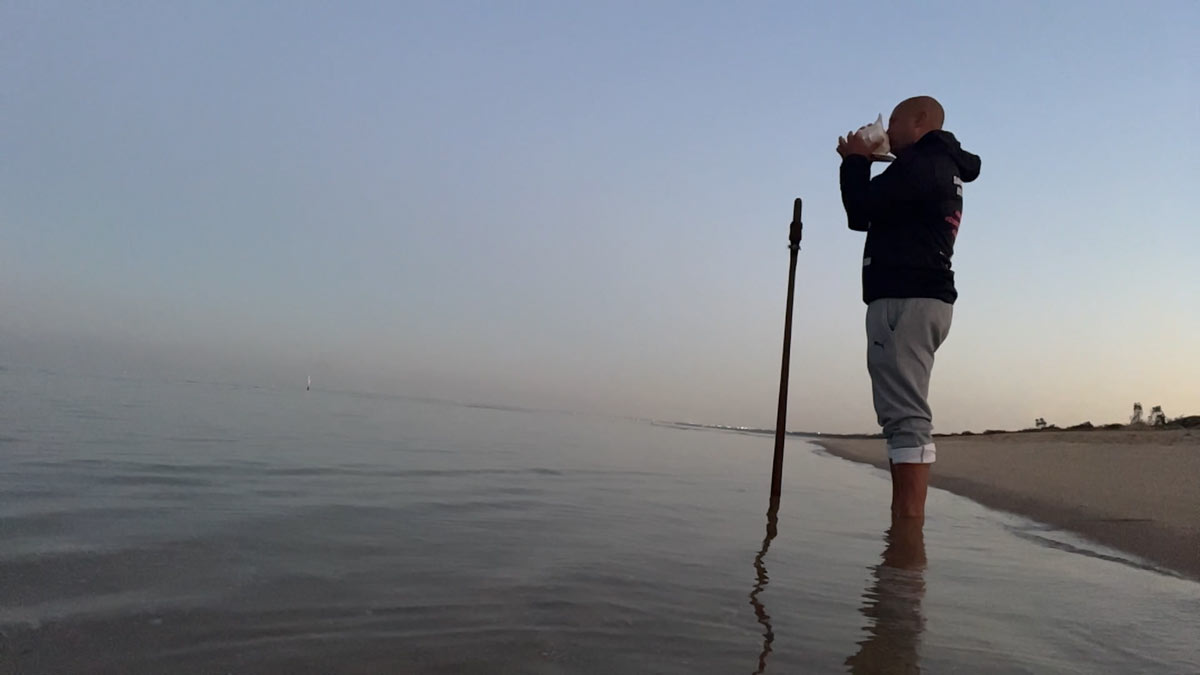
Jeremy playing the Pūmoana at Frankston beach. Image by Irihipeti Waretini.
“My healing has been interlinked with my personal grasping of cultural identity which had been denied to me as a child due to colonisation. By becoming more confident in my own ‘mana’ (personal integrity and authority) I have been able to then share the knowledge to others and help them start their own journeys.”
“The methods and knowledge of traditional healing are based upon the understanding that everything is interconnected back to the land and our natural environment, which is why the Māori word for land/country, whenua, is the same word for the placenta.”
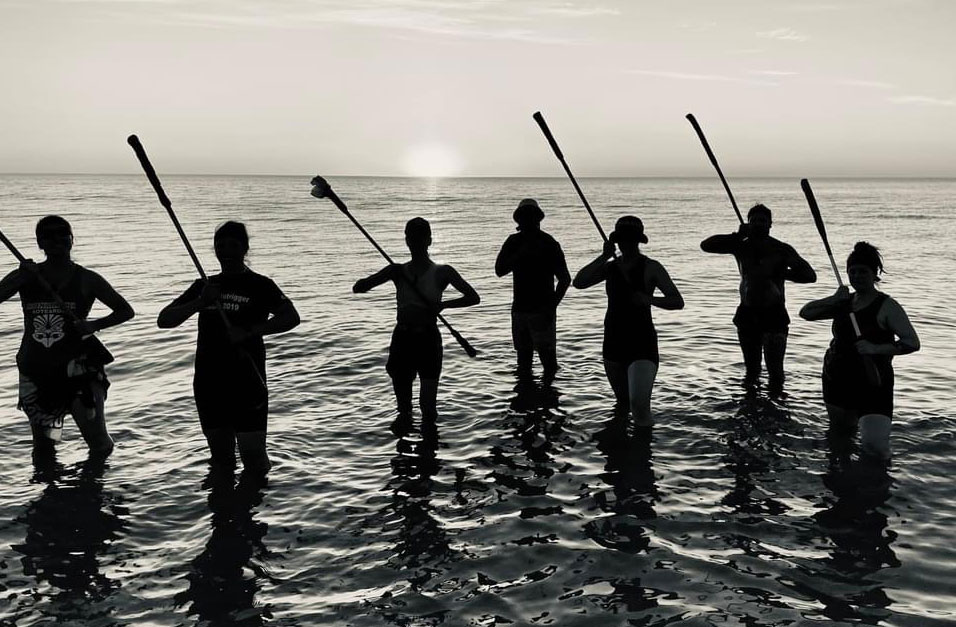
Mau rākau group standing in the ocean. Image by Jeremy Nikora.
“Our ancestors knew that balance between all key elements, (physical, mental, emotional and spiritual worlds) was vital in achieving well-being and prosperity as a community.”
“By sharing and nurturing understanding of traditional concepts of health and wellbeing, we not only uplift and help others on their own journey, but also elevate this knowledge out of the past and the darkness, and into the light and everyday accepted practice in the modern health system.”
Jeremy reflects on the relationship between Māori creation stories, our creators, our people, and our environments and how this all connects to our overall health and wellbeing. Watch and listen to his reflections.
Background: Taiaha on Frankston beach at sunrise. Image by Jeremy Nikora.
“My name is Phillip Egan, a proud Mutthi Mutthi/Yorta Yorta Man and proud of my Tongan heritage. I was born and raised in a small town called Robinvale and finished my high school years in Mildura.”
Phillip was brought up doing traditional Aboriginal dancing. In around 2004, he started doing hip hop. Now, he blends traditional dance with hip hop in his multicultural First Nations dance crew, Brothers In Arms.
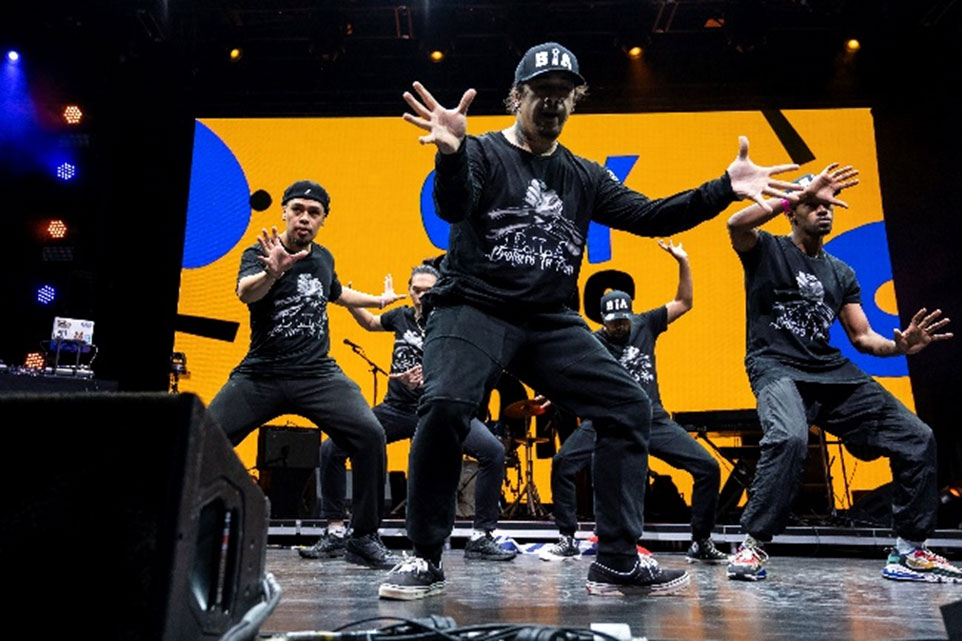
Phillip dancing at front of stage with his dance crew Brothers In Arms.
“Brothers In Arms is a collective of Aboriginal, West Papuan, Filipino, Maori, Samoan, Ethiopian and Tongan dancers. Every time we perform a show, we try to touch on everyone’s backgrounds and cultures in our crew through dance.”
Phillip also dances with Murrundaya Yepengna Aboriginal Dance Group.
“I think my dance crew has literally saved my life. There have been some tough times. I am living my life to its fullest when I dance, whether it’s with the crew or just me dancing. Dance taps into your inner spirit, fulfils your soul.”
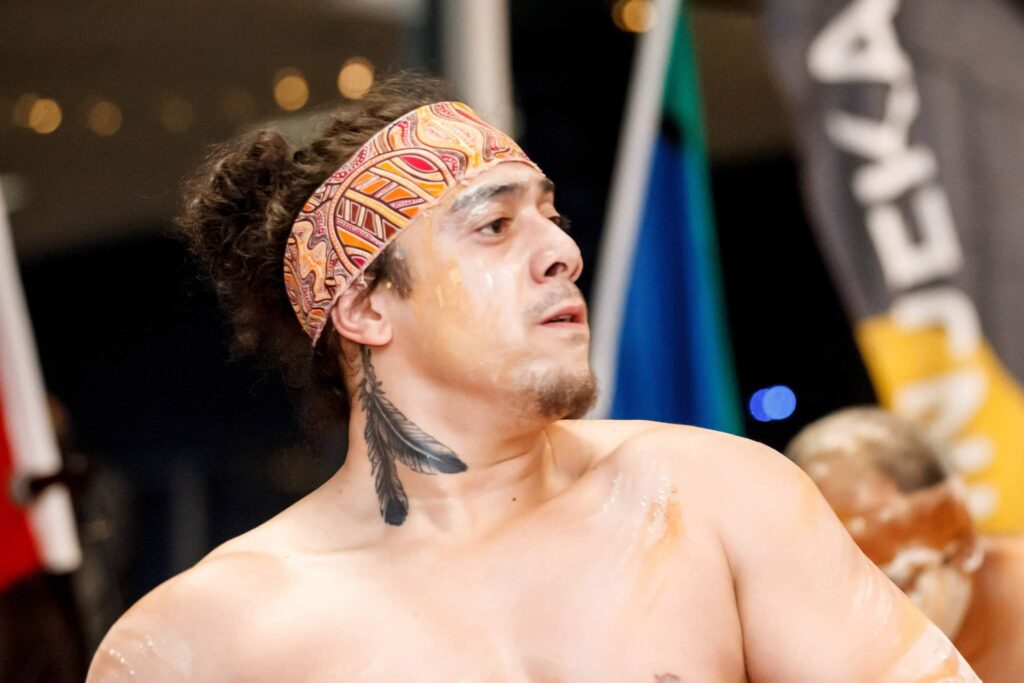
Phillip dancing with the Murrundaya Yepengna Aboriginal Dance Troupe. Photo by Yanni.
Background: Phillip Egan (right of screen) dancing with Murrundaya Yepengna Aboriginal Dance Troupe. Photo by Yanni.
Vicki Couzens is a Gunditjmara woman from the Western Districts of Victoria.
Vicki acknowledges her Ancestors and Elders who guide her work. She has worked in Aboriginal community affairs for 40 years.
Vicki’s contributions in the reclamation, regeneration and revitalisation of cultural knowledge and practice extends across the arts and creative cultural expression spectrum including ceremony, community arts, public art, visual and performing arts, writing, and language.
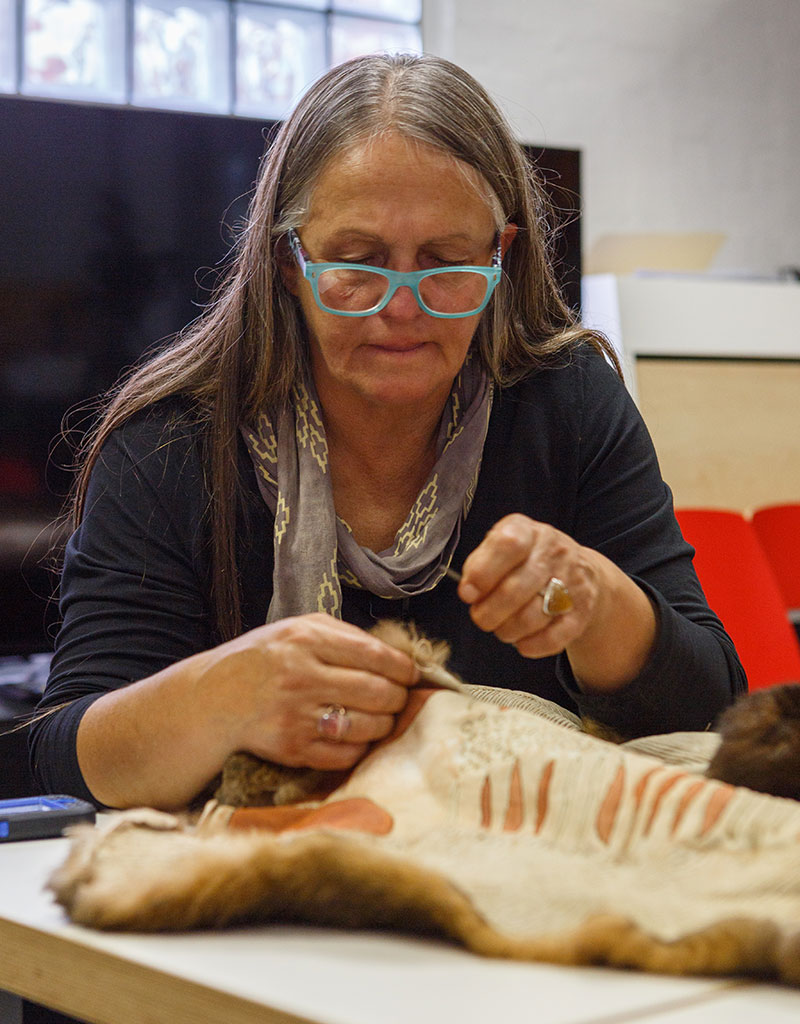
Image of Vicki sewing a possum skin cloak. Image courtesy of the Australian Council.
“Language is the embodiment of all your worldview, your knowledge, your kinship, your everything. It tells you who you are and where you belong. …Thousands of years of cultural knowledge, tens of thousands, time immemorial: our history, customs and tradition; memories, meaning and expression; our unique ways of thinking. All of it is embodied in our languages.”
Background: Detail of Vicki sewing a possum skin cloak. Image courtesy of the Australian Council.
EXPLORE THE FIVE PILLARS
Symbolism by Mandi Barton.
